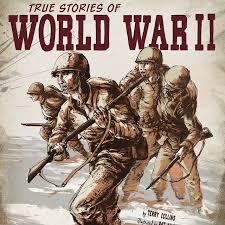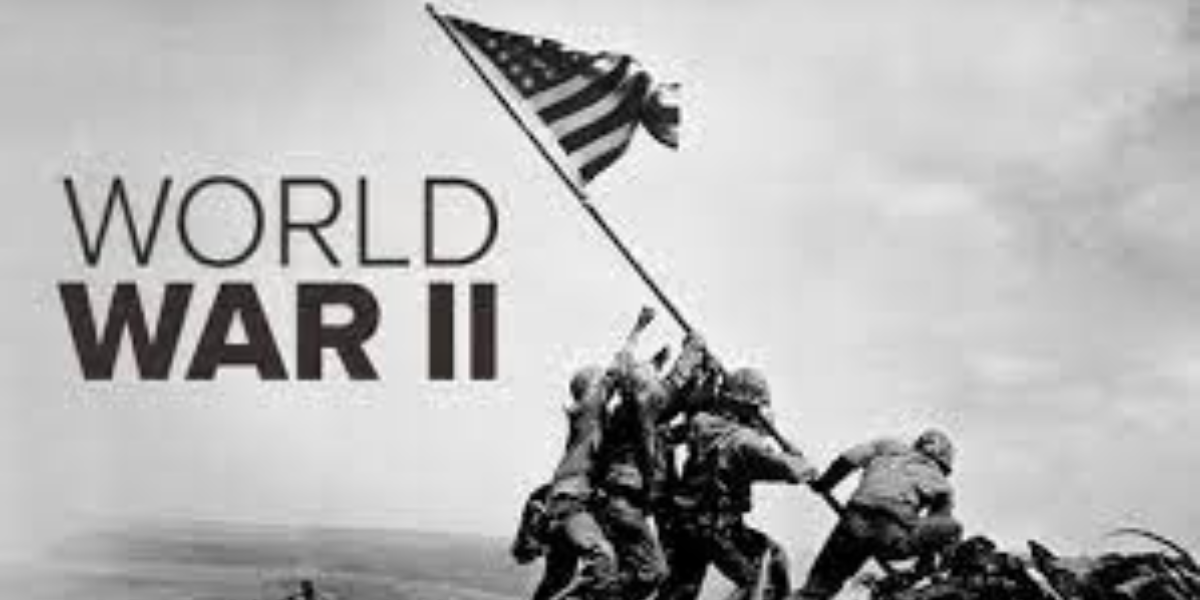World War II, one of the most cataclysmic events in human history, unfolded from 1939 to 1945, reshaping the world’s political, social, and economic landscapes. This global conflict involved the majority of the world’s nations, leaving an indelible mark on generations to come. In this 700-word overview, we will explore the key events and forces that shaped World War II, from its roots in the aftermath of World War I to its lasting impact on the modern world.

The Seeds of Contention
The fallout of The Second Great War planted the seeds for The Second Great War. The Deal of Versailles, endorsed in 1919, forced cruel punishments on Germany, prompting monetary difficulty and hatred. This fruitful ground for radicalism and patriotism at last prepared for Adolf Hitler’s ascent to drive in Germany in 1933. His forceful expansionist strategies, planning to lay out a more prominent German domain, set off the conflict’s most memorable significant struggle, the intrusion of Poland in September 1939.
The Hub Powers
Hitler’s Germany was in good company in its desires. It shaped partnerships with Japan and Italy, making the Hub Powers. Japan had expansionist cravings in Asia, while Italy, under Benito Mussolini, tried to recover its supreme brilliance. The Pivot Powers on the whole represented a significant danger to worldwide harmony.
The Partners Join together
Because of the Hub animosity, the Partnered Powers started to mix. The main individuals from this alliance were the Assembled Realm, the Soviet Association, and the US. The Unified Realm, drove by Head of the state Winston Churchill, remained as a stronghold of obstruction in Europe, while the Soviet Association, under Joseph Stalin, ultimately joined the Partners after the German intrusion in 1941. The US, at first unbiased, entered the conflict following the assault on Pearl Harbor in December 1941.
European Theater
The Second Great War’s European performance center saw various huge fights and occasions. The Clash of Stalingrad in 1942-43 denoted a defining moment, with the Soviet Association effectively stopping the German development. The D-Day arrivals in Normandy in June 1944, which included the biggest land and/or water capable attack ever, permitted the Partners to lay out a traction in Europe and start their development toward Germany.
The Pacific Theater
In the Pacific theater, the conflict was described by ruthless island-jumping efforts, including significant fights at places like Guadalcanal, Iwo Jima, and Okinawa. The dropping of nuclear bombs on Hiroshima and Nagasaki in August 1945 prompted Japan’s acquiescence, actually finishing the conflict in the Pacific.
The Holocaust
One of the most incredibly shocking parts of The Second Great War was the Holocaust, where the Nazis deliberately eliminated around 6,000,000 Jews and a large number of others. The revelation of focus and elimination camps stunned the world and prompted the Nuremberg Preliminaries, where Nazi pioneers were indicted for atrocities and wrongdoings against humankind.
Influence on Regular people
The Second Great War significantly affected regular people. A great many individuals were dislodged, and endless urban communities lay in ruins. The conflict introduced another period of all out fighting, with regular people progressively becoming targets. The Rush in London, the bombings of Dresden and Tokyo, and the Holocaust stand as distinct tokens of the conflict’s overwhelming outcomes on regular citizen populaces.
The Way to Triumph and the New World Request
As the Partners gained ground on numerous fronts, the Pivot Powers started to disintegrate. In 1945, Germany gave up, denoting the finish of the conflict in Europe. With Japan’s acquiescence after the nuclear bombings, the conflict formally reached a conclusion. The Unified Countries, laid out in 1945, planned to keep up with global harmony and collaboration, introducing another world request.
Heritage and Results
The tradition of The Second Great War is sweeping and complex. The conflict’s end denoted the start of the Virus War, an international battle between the US and the Soviet Association. The utilization of nuclear bombs brought up significant moral issues about the utilization of atomic weapons, prompting the weapons contest between the superpowers. The conflict additionally sped up the decolonization cycle, as European provincial realms disintegrated in the post-war period.
The Introduction of Current Worldwide Associations
Because of the decimation of The Second Great War, countries perceived the requirement for worldwide collaboration to forestall future contentions. The Unified Countries, as the most unmistakable model, was laid out to advance discretion and forestall furnished struggle. Other global associations, like the World Bank and the Worldwide Money related Asset, were established to encourage monetary strength and advancement.
End
The Second Great War stays a crucial part in mankind’s set of experiences, perpetually scratched in the aggregate memory. It was a complicated embroidery of occasions, belief systems, and results that formed the cutting edge world. The conflict featured the most obscure profundities of human limit with respect to annihilation, as well as the levels of human strength, boldness, and collaboration.
As we think about the historical backdrop of The Second Great War, we should recollect the examples it confers. The abhorrences of the Holocaust help us to remember the significance of fighting bias and scorn, while the arrangement of global associations highlights the meaning of tact and participation. At last, The Second Great War is an unmistakable sign of the need of cooperating to forestall such worldwide contentions later on, taking a stab at a reality where harmony and success can thrive.
